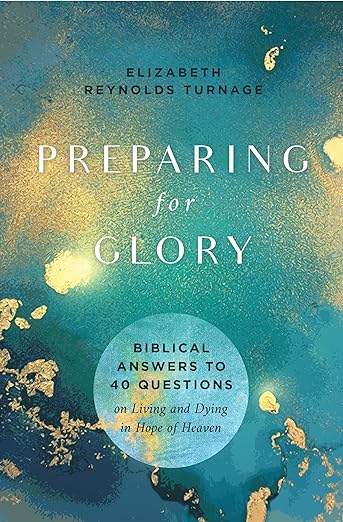…don’t fix it…” The problem is, it is broke!
Though this is a long quote from Restoring Broken Things by Scotty Smith and Steven Curtis Chapman, it is really really good and gets at an essential point we all need to grasp. I’m not on commission or anything, but I do recommend this book for the way it explains what The Story of Scripture means for how we live our lives in the nitty gritty:
Understanding the Relationship Between Broken and Brokenness
Because the language of brokenness is used is so many different ways, I hope the following section will clarify this important concept. There are two type of brokenness we need to understand and experience… both of which are vital to God’s STORY, and to the process of restoration. Let’s call them Brokenness A and B. And to illustrate both of them, we’ll use the Biblical theme of “the heart”.
Definition of Brokenness A – Something is broken to the degree it contradicts God’s design and distorts his glory.
Explanation: God created our hearts for loving him as he deserves and demands—with our thinking, emoting and choosing. Therefore, our hearts are Broken A to the extent they don’t think the thoughts of God, desire the things of God, and choose the will of God.
Genesis 6:5 The LORD saw how great man’s wickedness on the earth had become and that every inclination of the thoughts of his heart was only evil all the time.
Jeremiah 17:9 The heart is deceitful above all things and beyond cure. Who can understand it?
Isaiah 29:13 And the Lord said: “Because this people draw near with their mouth and honor me with their lips, while their hearts are far from me..”
Hosea 10:2 Their heart is false; now they must bear their guilt.
Jeremiah 5:23 But this people has a stubborn and rebellious heart; they have turned aside and gone away.
Definition of Brokenness B – Brokenness B is an attitude of contrition, humility and repentance in response to the specific ways we contradict God’s design and distort his glory.
Explanation: Our hearts were created for loving God as he deserves and demands—with our thinking, emotions and choices. Therefore, we are Broken B to the extent we are convicted, humbled and repentant for the specific ways we don’t love God with our mind, will and emotions.
Psalm 51:17 The sacrifices of God are a broken spirit; a broken and contrite heart, O God, you will not despise.
Example: One of the most well known examples of Brokenness B is found in the story of the Prodigal Son (Luke 15). The younger son demonstrated Brokenness B when he “came to his senses” and began to grieve over the way he sinned against his loving father; then he humbled himself and returned home as a repentant son.
Another way to connect with Brokenness B is to think of Jesus as a great horse trainer “breaking” a wild, independent bucking bronco. He intends to tame us, not harm us. The goal of brokenness is to bring us to a humble submissive spirit, not to self-contempt and fearful compliance.
To become a character and carrier of God’s STORY requires us to engage with both Brokenness A and B: We need Jesus to show us our brokenness (A) and to bring us to brokenness (B).



